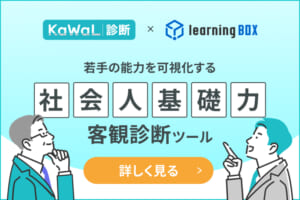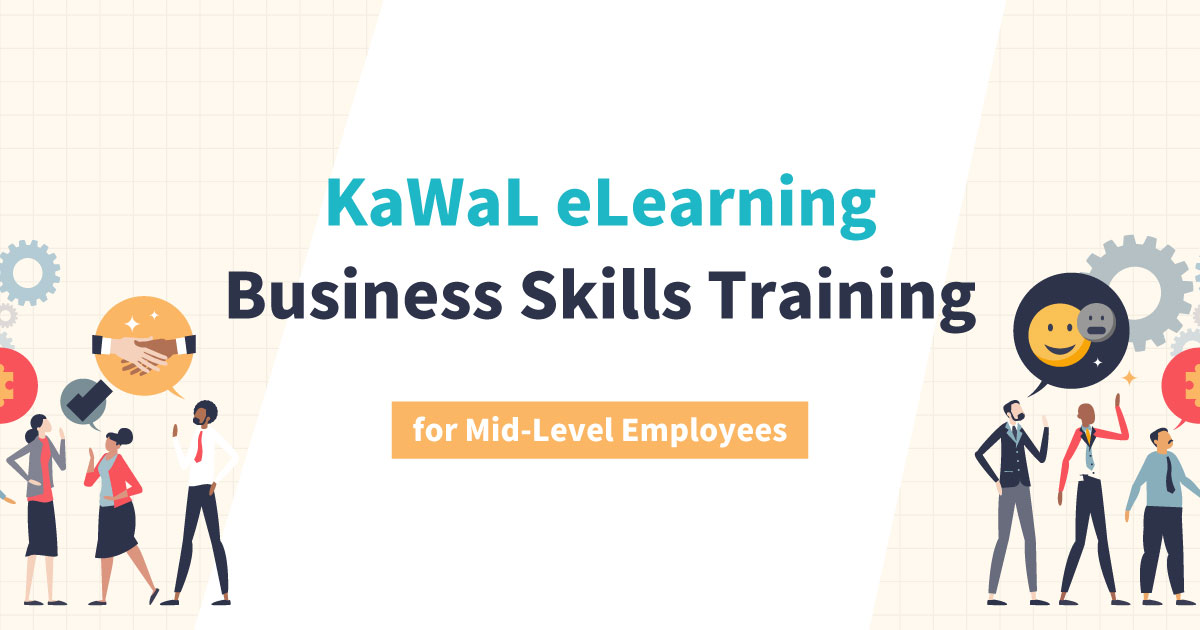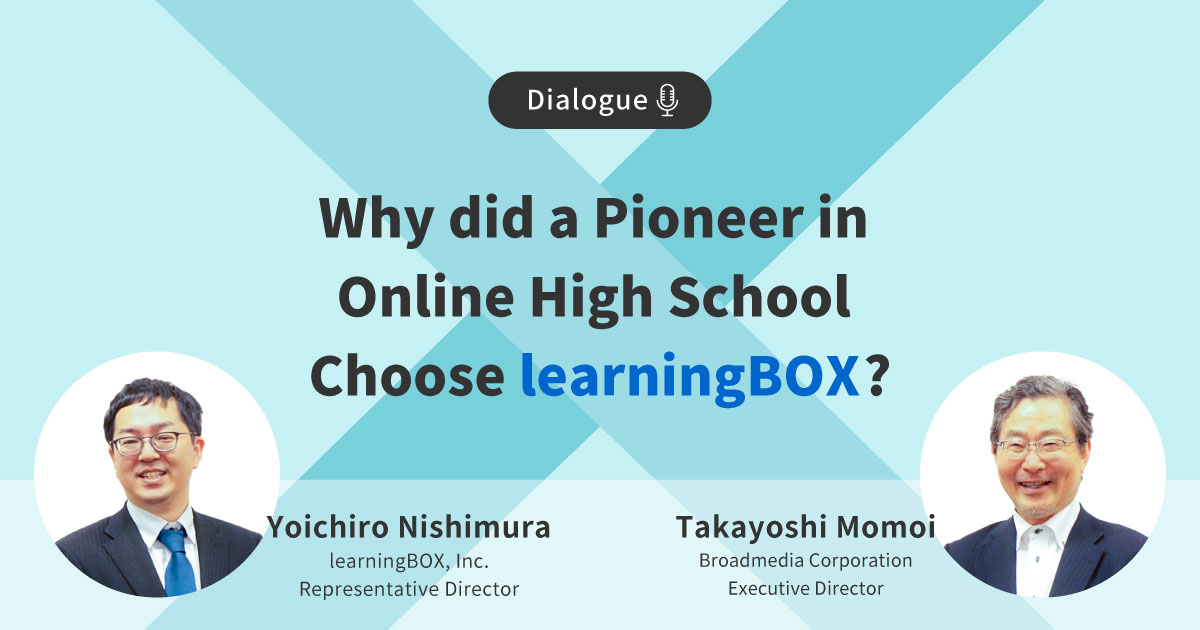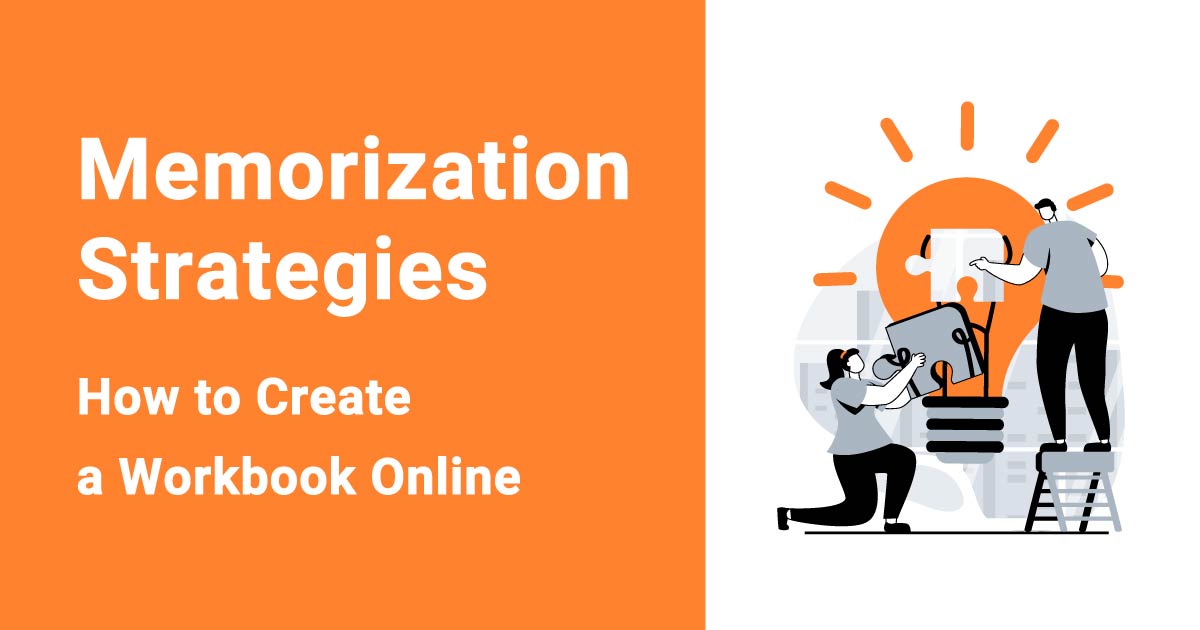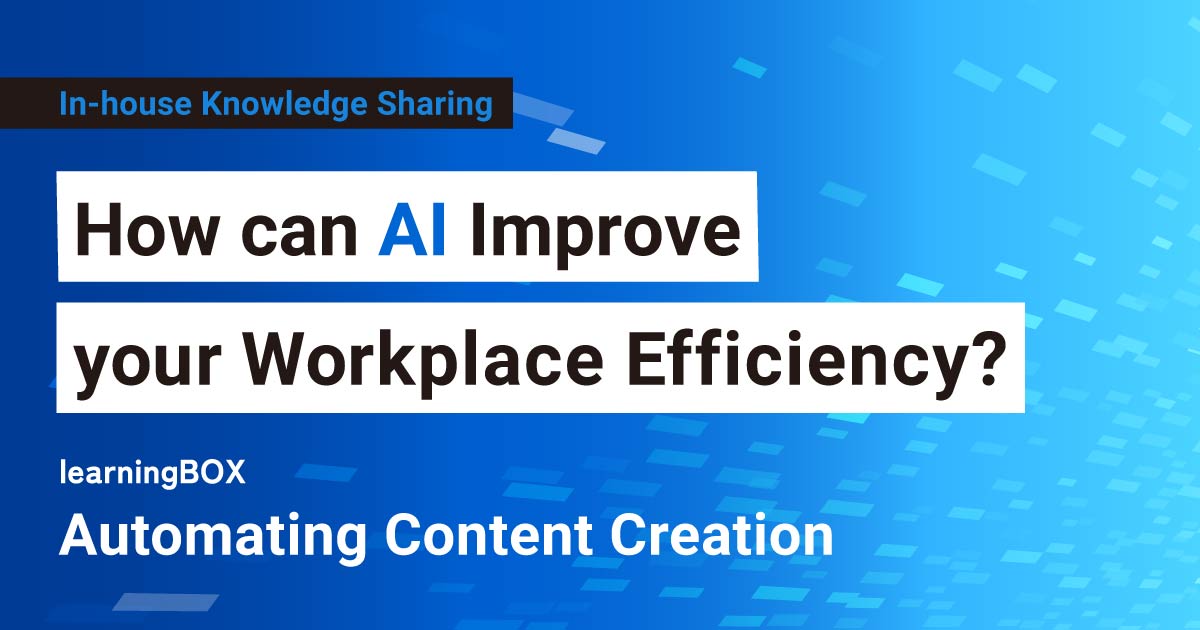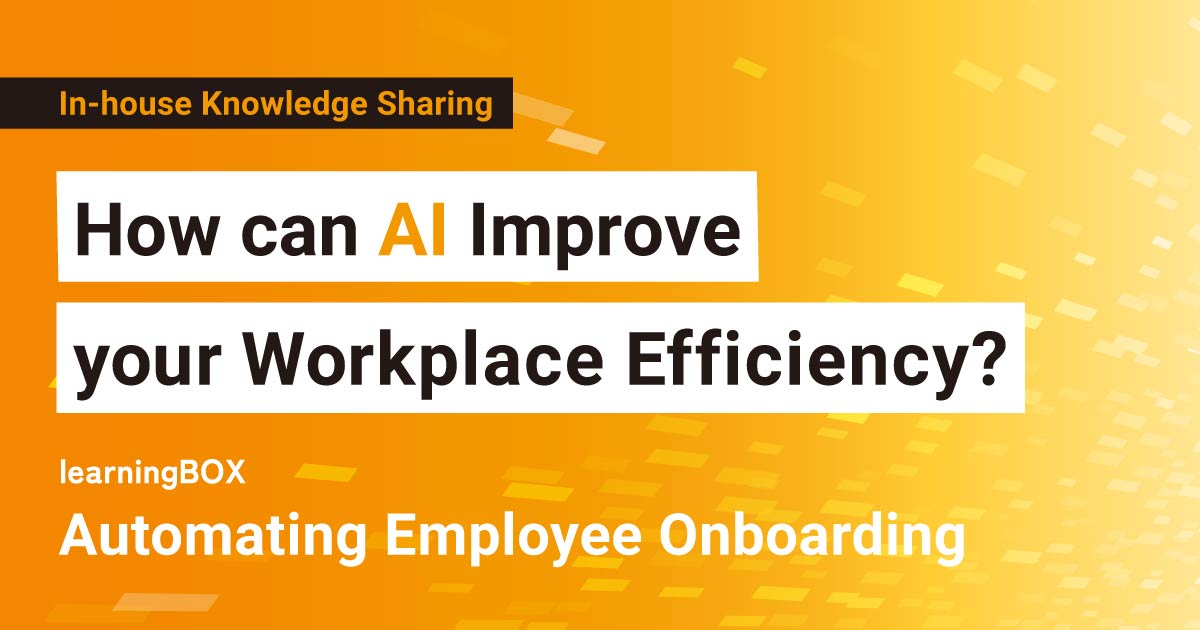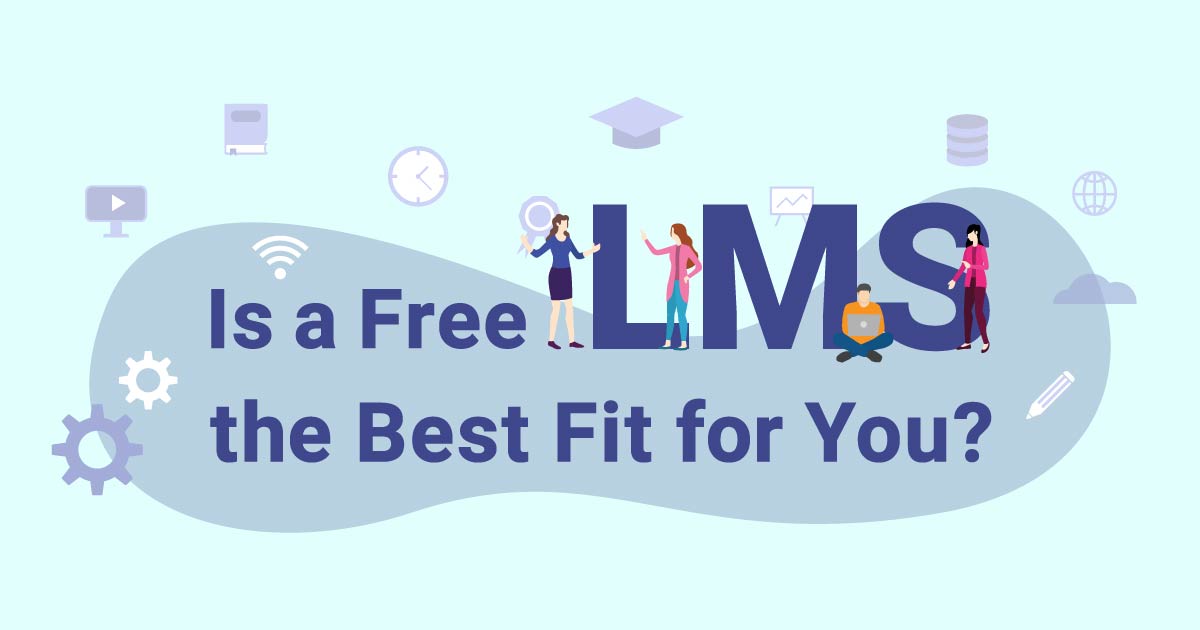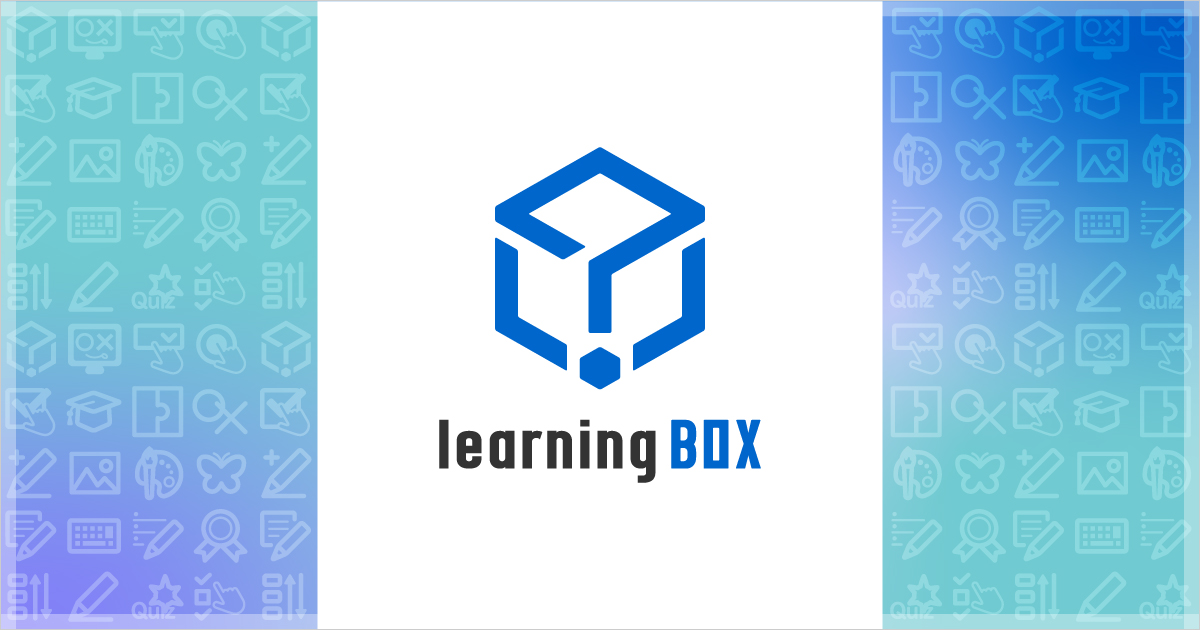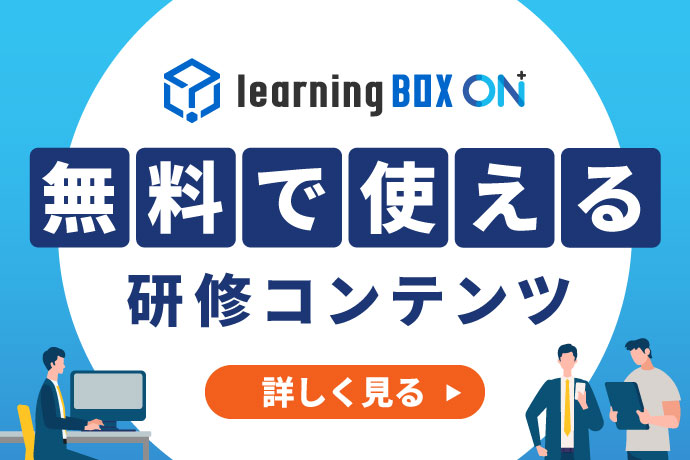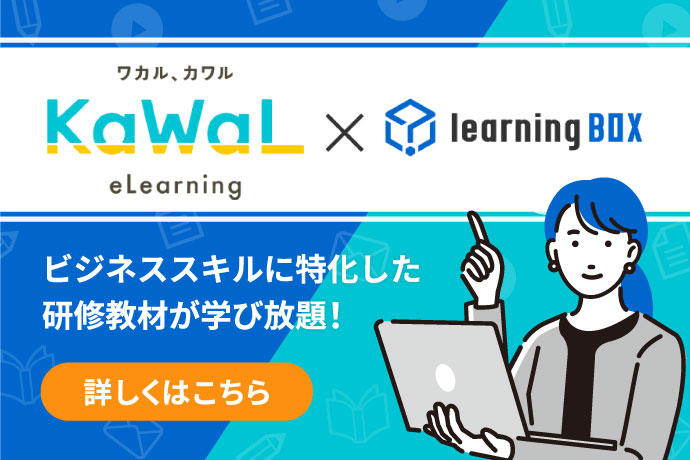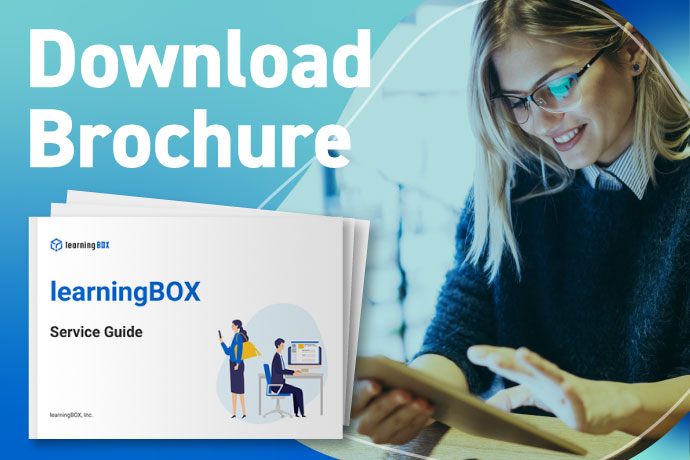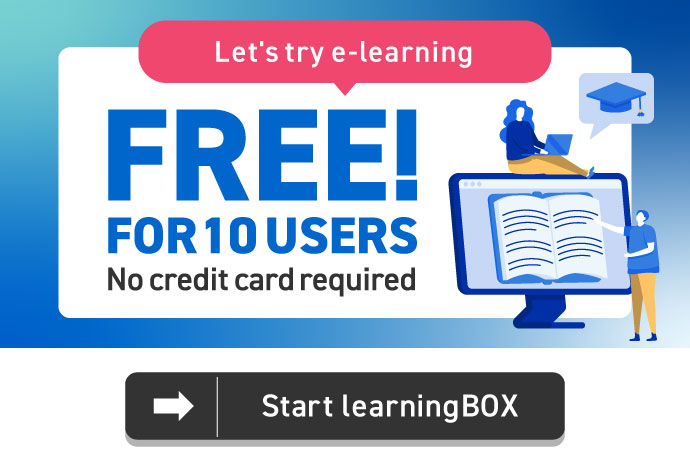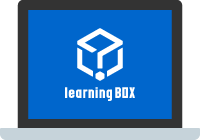KaWaL Diagnostics' "Basic Skills of a Member of Society: Objective Diagnosis" for Effective Training of Younger Employees - We used it in our company [1-on-1 with Younger Employees and Supervisors] -.

What are some of the issues your company faces in training young employees and evaluating their abilities? We often hear comments such as, "The current checklist is too abstract and difficult to use," "How can we conduct an effective 1-on-1? How can we conduct effective 1-on-1s?" We often hear comments such as, "Young employees are not convinced by the personnel evaluation. This time, we would like to introduce the KaWaL Diagnostic, an objective diagnostic tool for those in charge of training and in the human resources department who have such concerns, to understand the "basic skills of a working adult" of young employees from the perspective of both the young employees themselves and their supervisors.
This presentation will include the actual use of the "KaWaL Diagnostic" by learningBOX members and the 1-on-1 based on the results.
What are basic skills for working adults?
First, we will explain the meaning and definition of the term basic skills for working adults. We will also touch on the reasons why basic skills for working adults have been emphasized in recent years. Let's start with the basics.
Basic skills for working adults is a concept proposed by the Ministry of Economy, Trade and Industry.
The concept of basic skills for working adults was proposed by the Ministry of Economy, Trade and Industry (METI) in 2006. The concept consists of three abilities, "the ability to step forward," "the ability to think critically," and "the ability to work in a team," as well as 12 ability elements, as "the basic skills needed to work with diverse people in the workplace and in the community.
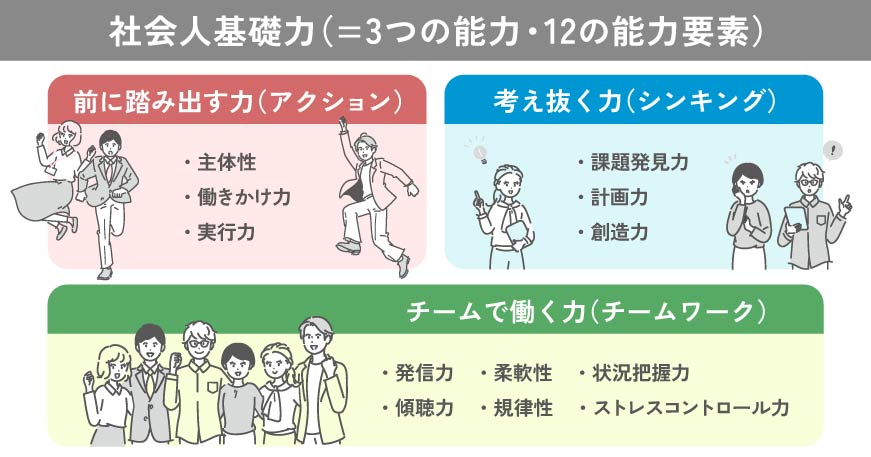
Basic Skills for Working Adults: "Basic Skills for Working Adults in the Age of 100 Years of Life
The "basic skills for working adults" were announced in 2006 under the "100-year life period" and the "Fourth Industrial Revolution," but their importance has grown even more today, and a unique angle and perspective unique to the "100-year life period" has become necessary.
In light of this situation, the "basic skills for working adults in the age of 100 years of life" have been newly defined as the skills required for individuals to remain active at each stage of their life in their ever-lengthening relationships with companies, organizations, and society.
It is positioned as necessary to achieve a balance between purpose, learning, and integration while recognizing oneself and reflecting on the three abilities/ 12 ability elements of basic skills for working adults in order to carve out one's own career.
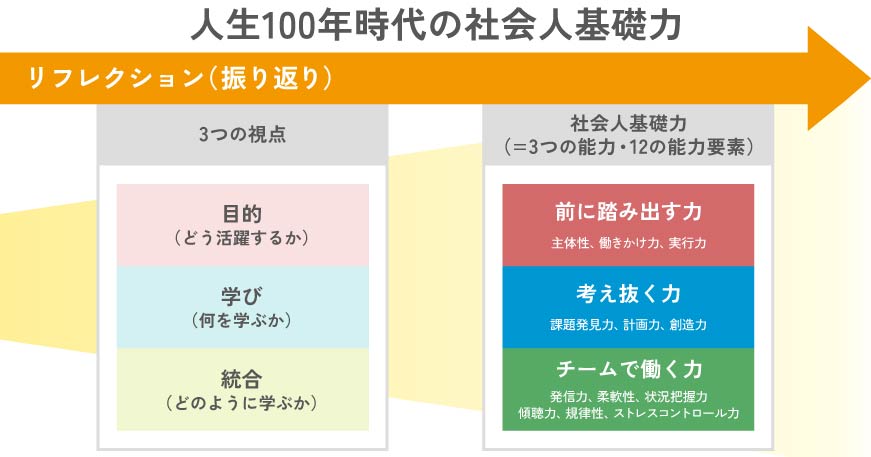
Reference Ministry of Economy, Trade and Industry / Basic Skills for Working People
Back to ContentsAbout KaWaL Diagnostics
KaWaL Diagnosis is an objective assessment of basic skills for working adults provided by Change Corporation, which is involved in human resource development and other businesses. Here is an overview of the KaWaL Diagnosis.
What is KaWaL Diagnosis?
It diagnoses the three abilities / 12 ability elements of basic skills for working adults from the perspective of both the individual and his/her supervisor (person in charge of training). This is a questionnaire-type assessment tool that enables visualization of young people's abilities by putting them into comparative graphs and charts.
The assessment tool uses "specific standards of behavior (performance standards)" as a scale to minimize blurring caused by subjectivity and realize objective diagnosis.
Reference KaWaL Diagnosis
KaWaL diagnosis is recommended for training young people
By conducting the assessment multiple times, such as after receiving a job offer, after joining the company, and at the end of the first year, the strengths and weaknesses, growth issues, and gaps between the supervisor and the employee can be analyzed and used for the employee's "future self-development and career formation.
The system also enables comparison of the evaluation of the candidate and his/her supervisor (training manager) with the industry average, so that the position of the candidate in the industry can be grasped objectively.
By conducting multiple diagnoses and enabling objective self-analysis, the strengths and weaknesses of the individual can be clarified, and abilities that need to be developed can be identified.

Basic Skills for Working Adults - Objective Assessment
Let's take a look at the contents of KaWaL Diagnostics' "Basic Skills for Working People Objective Diagnosis". The questionnaire type allows you to proceed with your answers quickly and easily, and the results can be checked on the same day.
Basic Skills for Working Adults Content of Objective Diagnosis (Self-diagnosis and Supervisor Diagnosis)
The Basic Skills for Adult Workers Objective Diagnosis includes 36 questions on the three abilities and 12 ability components of basic skills for adult workers (common to both self-assessment and supervisor assessment). By having the supervisor evaluate the employee using the same items as the employee himself/herself, gaps in perception of abilities can be visualized and appropriate training can be provided.
In the "Self-Diagnosis" section, the user selects the option that they believe most closely resembles their daily activities and proceeds to answer the question. In the "Supervisor Diagnosis" section, the user selects the option that best describes the diagnosed person's current work style and proceeds to answer the question.
Once all 36 questions have been answered, click the "Diagnose" button to complete the process.
An example of a question is posted below.
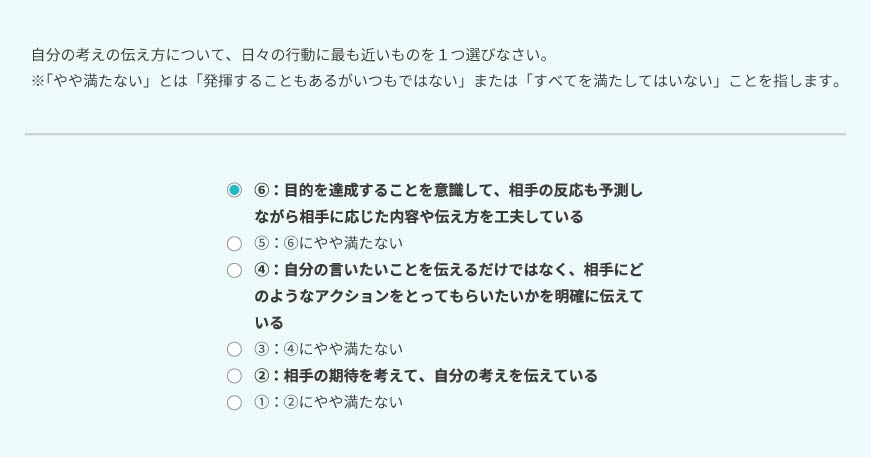

The learningBOX members, Hirota, a young marketing department member, and Yoda, a marketing department manager, actually conducted the diagnosis!

Inori Hirota, Marketing Section (Young employee)
*About my impression of the actual diagnosis
There were 36 questions, and I thought it would be quite a challenge, but I was able to complete it without feeling that much difficulty because I could answer the questions intuitively!
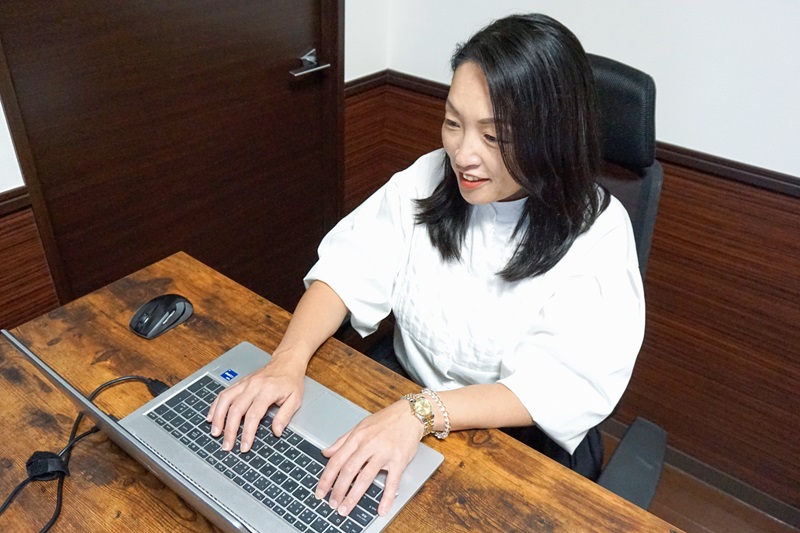
Saori Yoda, Manager, Marketing Section (Supervisor)
*About my impression of the actual diagnosis
Once again, I think I was able to organize my mind by looking back at Mr. Hirota's daily work and answering his questions!
Results of the objective assessment of basic skills for working adults
The Basic Skills for Adult Workers Objective Diagnosis has an intuitive UI that makes it easy to see the results, and the score sheet can be checked immediately after the person's diagnosis. Scores are given for each of the three abilities and 12 ability components of Basic Skills for Adult Workers, and comparisons with the boss's diagnosis and with the industry average are also shown in tables and graphs, making it easy to understand the results in a sensible way.
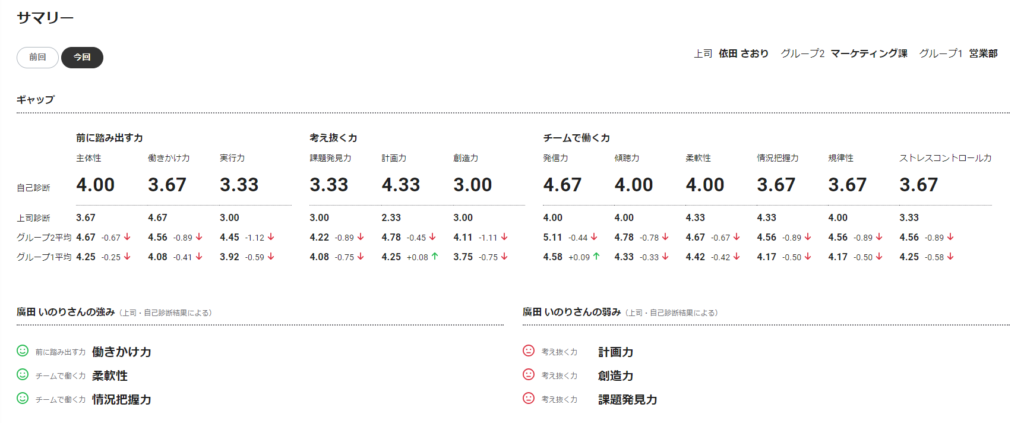
The purpose of this diagnostic is to determine the stage of growth of the subject's basic skills for working adults (skills necessary for working as a member of society). The results of the assessment will help the diagnosed person to know what he/she should work on in order to grow in the future.
The learningBOX members, Hirota, a young marketing department member, and Yoda, a marketing department manager, checked the diagnostic results!

Inori Hirota, Marketing Section (Young employee)
About your impressions of the diagnostic results
The tables and graphs are very easy to read and fun to check! I was able to pick up new discoveries about my strengths and weaknesses and other areas that I had not thought of.
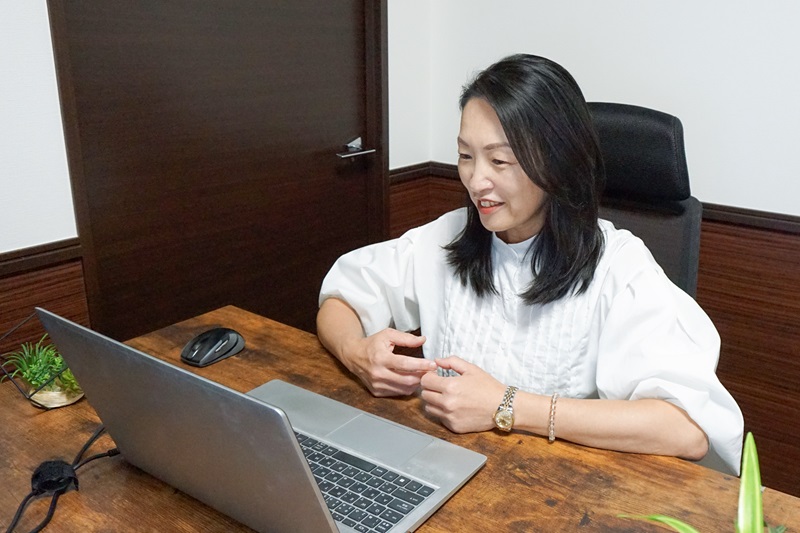
Saori Yoda, Manager, Marketing Section (Supervisor)
About your impressions of the diagnostic results
I especially liked the fact that the results of the person's diagnosis and the supervisor's diagnosis are clearly shown on the chart. I can immediately see where the discrepancies are.
Basic Skills for Working Adults Let's use objective diagnosis for 1-on-1
The Basic Skills for Adult Workers Objective Assessment enables you to diagnose from the perspective of both the employee and his/her supervisor (person in charge of training), so that gaps in perception between the supervisor and the employee can be clarified at an early stage, and abilities that need to be developed can be clearly identified. The results of the assessment can be used to implement effective 1-on-1 sessions.
From here, we will also include a 1-on-1 between Hirota, a young marketing department staff member, and Yoda, a marketing department manager.
Align perceptions of standards of conduct that are misaligned.
In the performance report, if there is a discrepancy between the supervisor's and the employee's perception, an item titled "Competence Factor with Gap between Supervisor and Employee" will be displayed. This allows you to see at a glance the gap between the supervisor's and the employee's perception of his/her usual behavior, and to consider the next action for the employee's growth.
Eliminate discrepancies by conducting 1-on-1s between the supervisor and the individual, and encourage the development of the young person's skills.

Actual 1-on-1
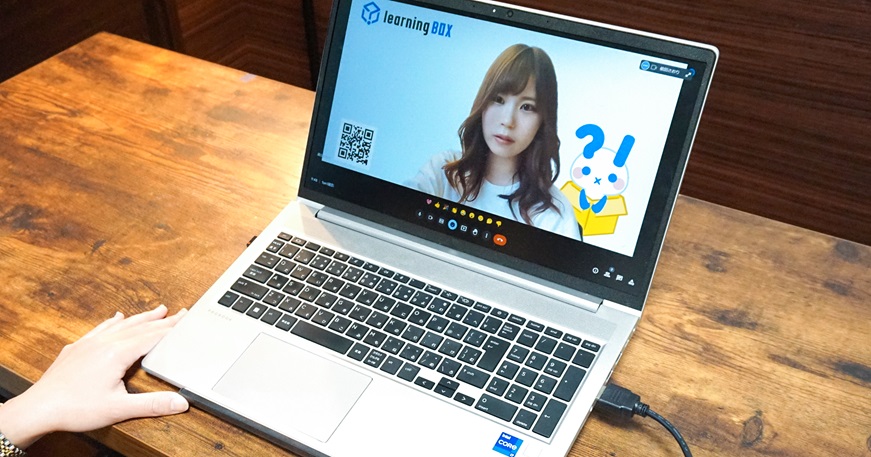
Yoda (supervisor): You have indicated that there was a gap in "planning skills. I think we understand that it is important to set goals in order to move things forward. From there, let's start by communicating with the people involved to have a common understanding of the goal we are aiming for!
Hirota (Younger) : Yes, that's right. There have been some discrepancies in my perception of the goals I have in mind, so I would like to start with that in mind!
Yoda (supervisor): Once you have a common understanding, let's break down the work and clarify what needs to be done to achieve the goal. If you have any difficulties or questions, please call on me for support at any time!
Let's identify our strengths and weaknesses and identify actions to take.
The performance report displays three items each of "Strengths" and "Weaknesses" of the person to be diagnosed, which are extracted based on the results of the supervisor and self-diagnosis. The chart also allows comparison with the "group average" within the same department, allowing the user to objectively grasp where he or she stands.
Supervisors will be able to provide feedback on the person's daily behavior rather than vague images.


Actual 1-on-1
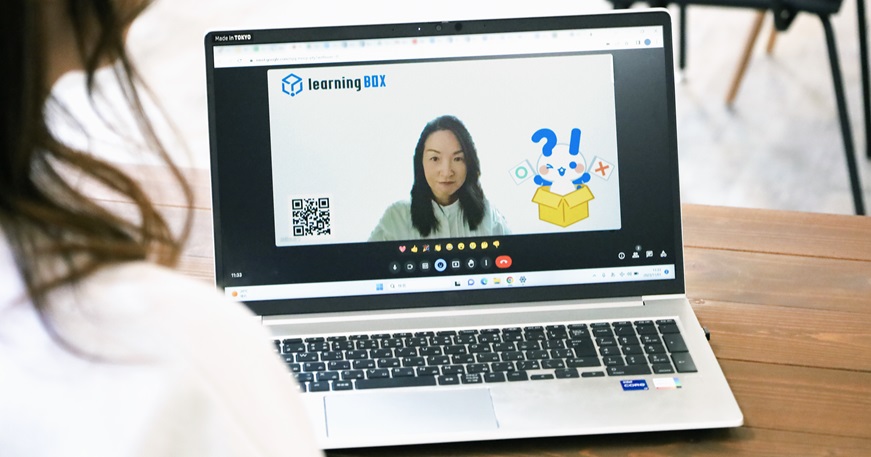
Yoda (supervisor): Let me start with your "strengths." In terms of "flexibility," you do not stick to your old ways, but flexibly change your ways depending on the situation. I think it is also wonderful that you try to understand the background of the other party's position and arguments as much as possible and find a compromise between the two parties, especially when there is a conflict of opinions!
Hirota (Younger staff):Thank you very much. I try to think from the other person's point of view as much as possible and try to make the work go well.
Yoda (supervisor): That is a very good mindset! In order to grow further, once you accept other people's different ways of thinking and values, why don't you try to take new things from them that you don't have and use them?
Hirota (Younger): I will try to put it into practice! Regarding the "weakness" creativity, I feel I am lacking in this area. I enjoy researching various things that interest me, but...
Yoda (supervisor): Yes, the scope of our work is very broad, and of course there are some things that we are not very interested in. We cover a variety of subjects in our section study sessions, but why don't you keep up to date with the latest trends and technology and share your own perspectives as well as those of others around you?
Hirota (Young employee) : Yes! I will try my best to always keep in mind to broaden my perspective and ideas!
Visualize your growth by comparing with past diagnoses!
Multiple diagnoses allow comparison with past results for both supervisor and self-assessments, and visualization of growth in each of the three competencies/12 competence components clarifies developmental achievements and challenges.
In order to implement the PDCA cycle of the training plan, continuous assessment is necessary. It is possible to regularly check whether the abilities that need to be developed are really being acquired, and link this to the next action.
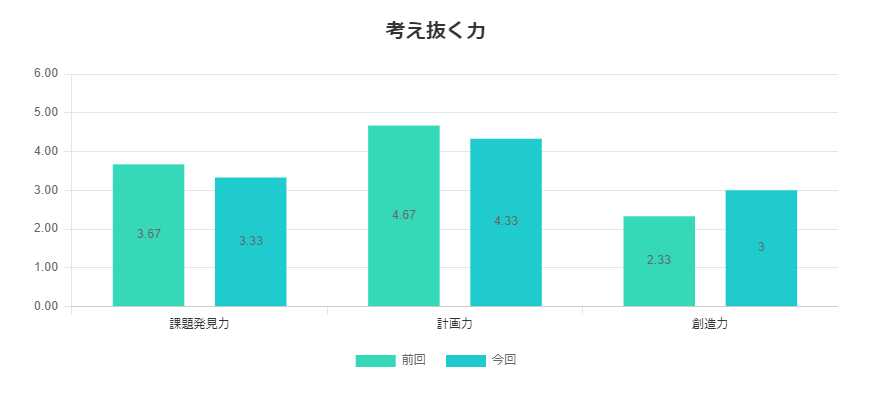
Actual 1-on-1
Yoda (supervisor): "Problem-finding ability" seems to have dropped slightly, but looking back from the previous diagnosis, how has it been?
Hirota (Younger staff member): I feel that we were so busy with our daily work that we did not have the perspective to ask ourselves, "Is there anything we can improve on?
Yoda (boss): It was a flurry of activity. It takes a lot of effort to identify the cause of an issue and try to solve it, even if there is an issue. As you said earlier, when you are faced with an issue, try to put it into practice by thinking about what the root cause of the issue is in your own way, with the viewpoint of "Is there anything I can improve?" and "How can I improve next time?

Inori Hirota, Marketing Section (Young employee)
Actual 1-on-1 experience
It was very refreshing to learn about my current basic skills as a member of society "objectively" since the results were not only my own, but also those of my bosses. It was also good that I was able to visualize what I should do next by actually having a 1-on-1 session while looking at the results!

Saori Yoda, Manager, Marketing Section (Supervisor)
Actual 1-on-1 experience
Unlike conventional diagnostics, objective indicators were presented, and I think this allowed us to talk more concretely in 1-on-1s, reflecting on our daily actions. I felt that this is a tool that can be useful for young people's self-development and career development, and I would definitely like to make use of it in the future!
Incorporate objective indicators into human resource development.
We hope you enjoyed this report on the KaWaL Diagnostic, an objective diagnostic tool for learning about basic skills for working adults, including feedback from LearningBOX members.
Objective data is indispensable to accumulate know-how on successful or unsuccessful human resource development. By accumulating objective and quantitative data on human resources, the activities of training young people can be sublimated into a company asset (training know-how).
If you want to enhance the training of young employees and other employees of your company or organization, there are several training contents available that are essential for companies.learningBOX ONPlease take advantage of the "What's New? "KaWaL Diagnosisis also included, and a free trial course (the free version allows you to try out some of the features of KaWaL Diagnostics) is available. For information on how to registerThis article.
「 learningBOXIf you are not yet a registered user, we also offer a free plan that allows you to use almost all functions (excluding paid options) for free and indefinitely for up to 10 people.Get in TouchPlease.
For more information on KaWaL diagnostics, please contactThis page.
▼You may also like:
Back to Contents Back to List

